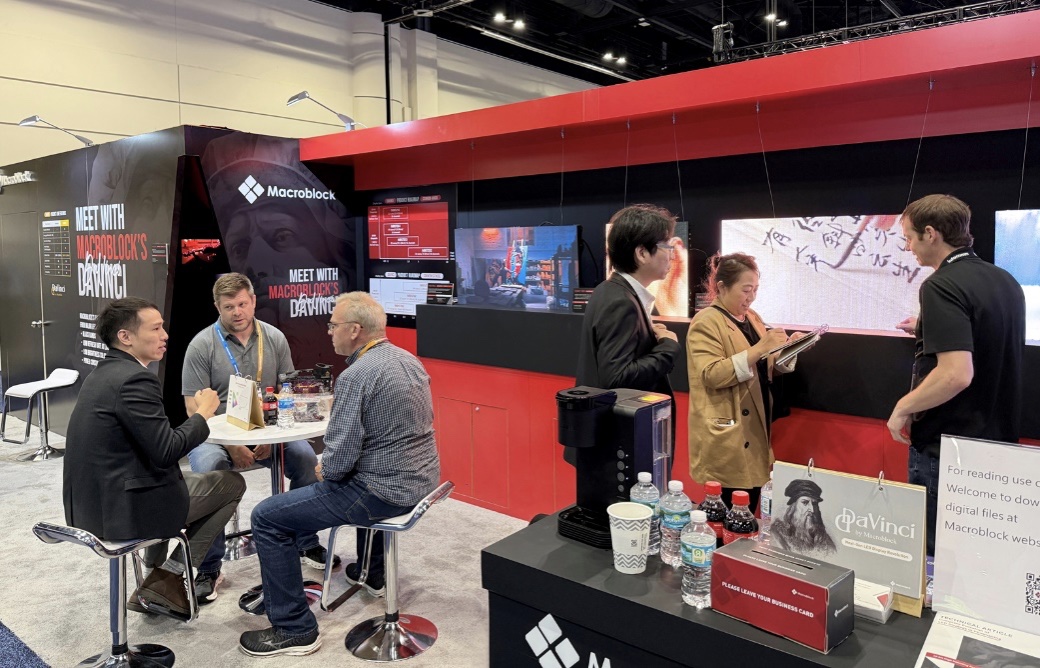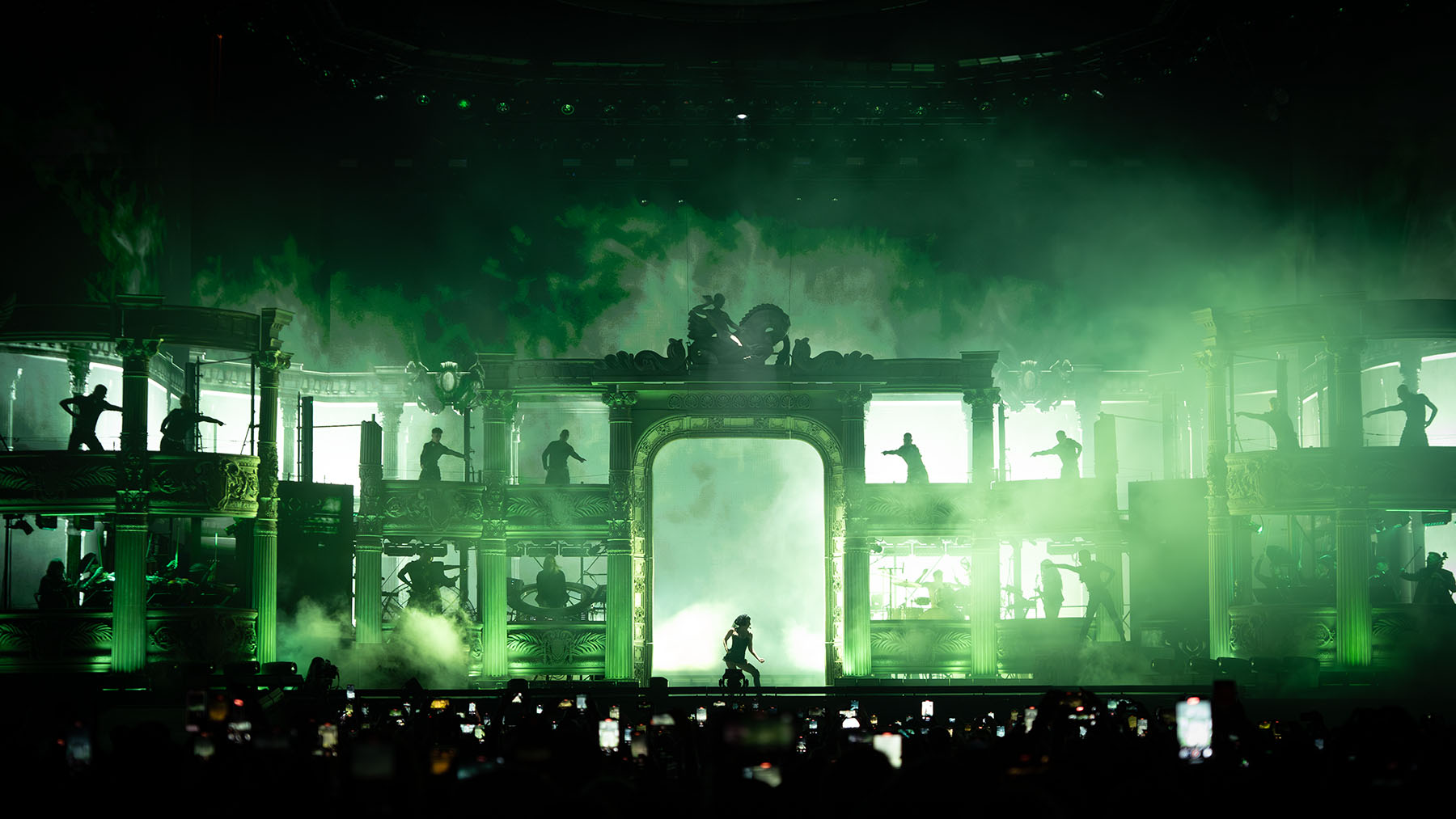JUNEAU and ANCHORAGE, AK – Attempting to recreate the hot, humid environment of Mississippi onstage in Alaska, set designer Akiko Nishijima Rotch turned to Rose Brand’s Kaos material. It “was the exact texture I was looking for,” she said. “The gaps in the material are uneven, and Kaos is also paintable. The uneven gaps allowed us to express the organic shape of Spanish moss. The ease of painting allowed us to create the depth of colors we needed to complete the illusion of the moss.”
More details from Rose Brand Inc. (www.RoseBrand.com):
The new article on the Rose Brand blog features set designer Akiko Nishijima Rotch’s use of Kaos– a firm, nonwoven, handmade substrate with unique visual and textural properties. Akiko used Kaos in her set design for Cat on a Hot Tin Roof, playing at both the Perseverance Theatre in Juneau and the Alaska Center for the Performing Arts in Anchorage. The article discusses how Akiko captured the feeling of the steamy Mississippi Delta and character dynamic in her set design.
What was your overall design objective for the production?
The play Cat on a Hot Tin Roof By Tennessee Williams takes place in the Mississippi Delta area, which has a very hot & sticky environment. The hot weather affects the characters of this play a lot. The biggest challenge I faced as the set designer was how to create a hot & humid atmosphere in a theatre in Alaska.
When I researched the environment of Mississippi, I saw a lot of images of Spanish moss. I felt that those images quickly communicated the feeling of the South, and so Spanish moss became my design motif.
Another important point of the set design was to communicate that characters have “no privacy” in their home. For example, Mae is always trying to eavesdrop on what Maggie and Brick are saying. Since this is an important aspect of the play, I wanted the set to visually express it.
How did you achieve your design objectives?
I started to look for a material that had both translucency (a metaphor for no privacy) and an organic shape (a metaphor for the Spanish moss). Scrim and gauze did not have enough of an organic shape for me. Then I discovered the samples of “Kaos” material among the Rose Brand samples I’ve been receiving since I graduated from NYU in 2007.
Kaos was the exact texture I was looking for. The gaps in the material are uneven and Kaos is also paintable. The uneven gaps allowed us to express the organic shape of Spanish moss. The ease of painting allowed us to create the depth of colors we needed to complete the illusion of the moss.
We used the mossy painted Black Kaos Medium material to represent the walls of the house in an unrealistic way. As I mentioned before, eavesdropping (and peeping) were important factors to communicate. Being able to see and hear through the walls gave the audience the feeling of no privacy in the space.
How else might you use Kaos for future design efforts?
A scrim effect with an organic shaped material is pretty hard to find, so whenever I need the texture I will use it. I am also curious about Kaos Heavy next time. I would love to see the difference between medium, which I used, and heavy. I strongly recommend “Kaos” to create layers of magical space.



